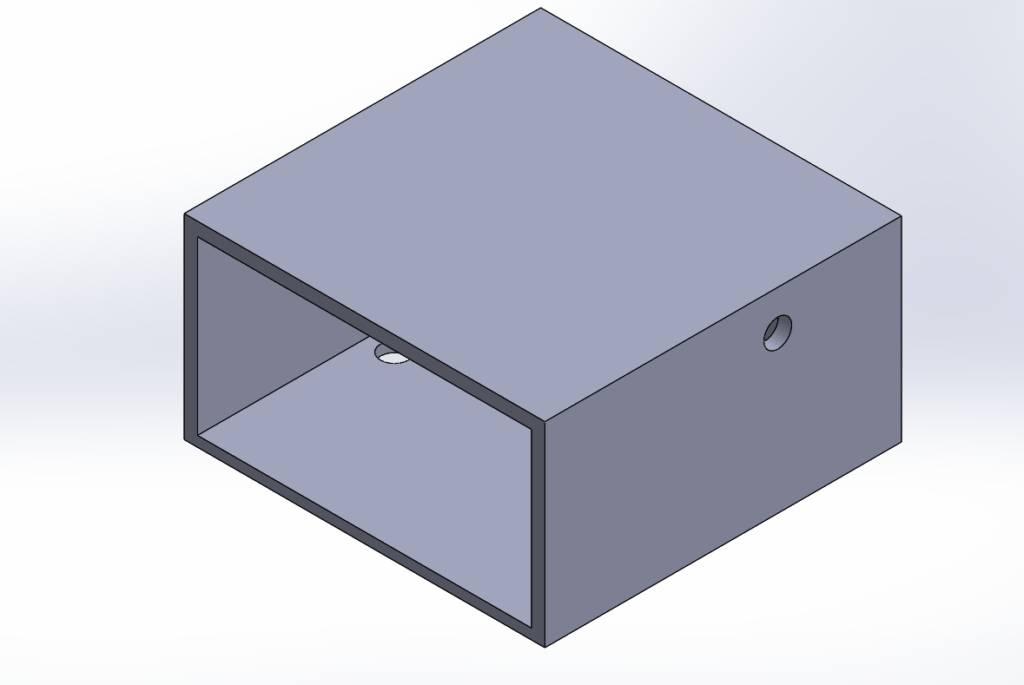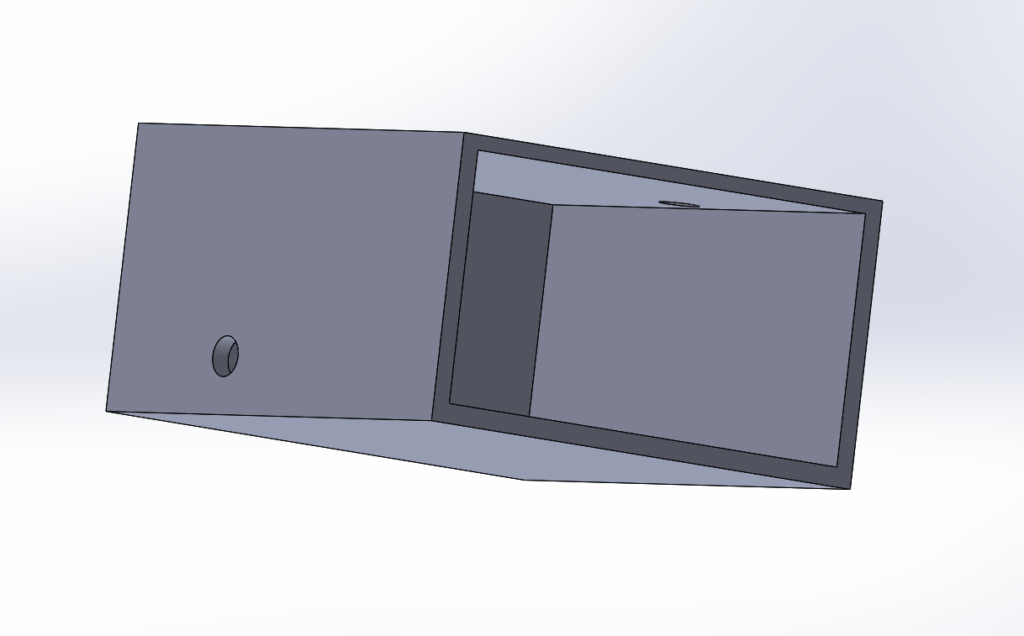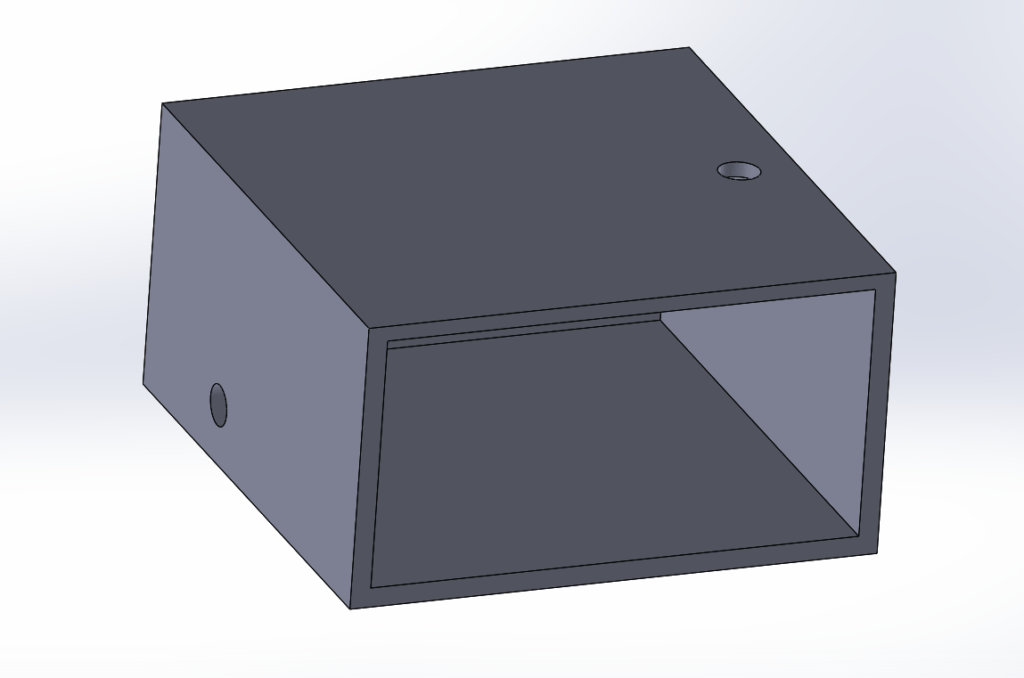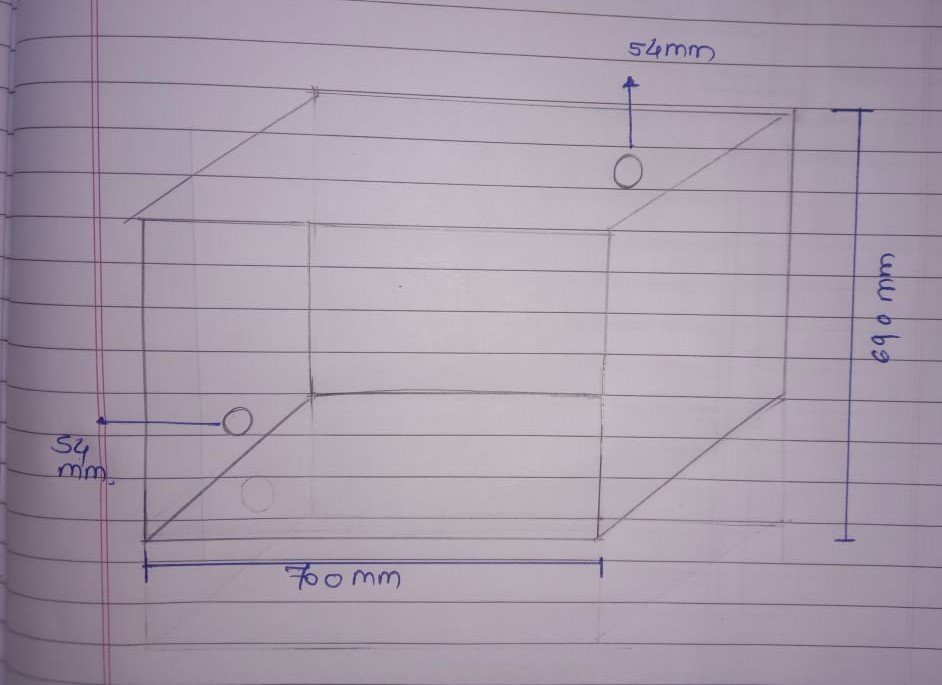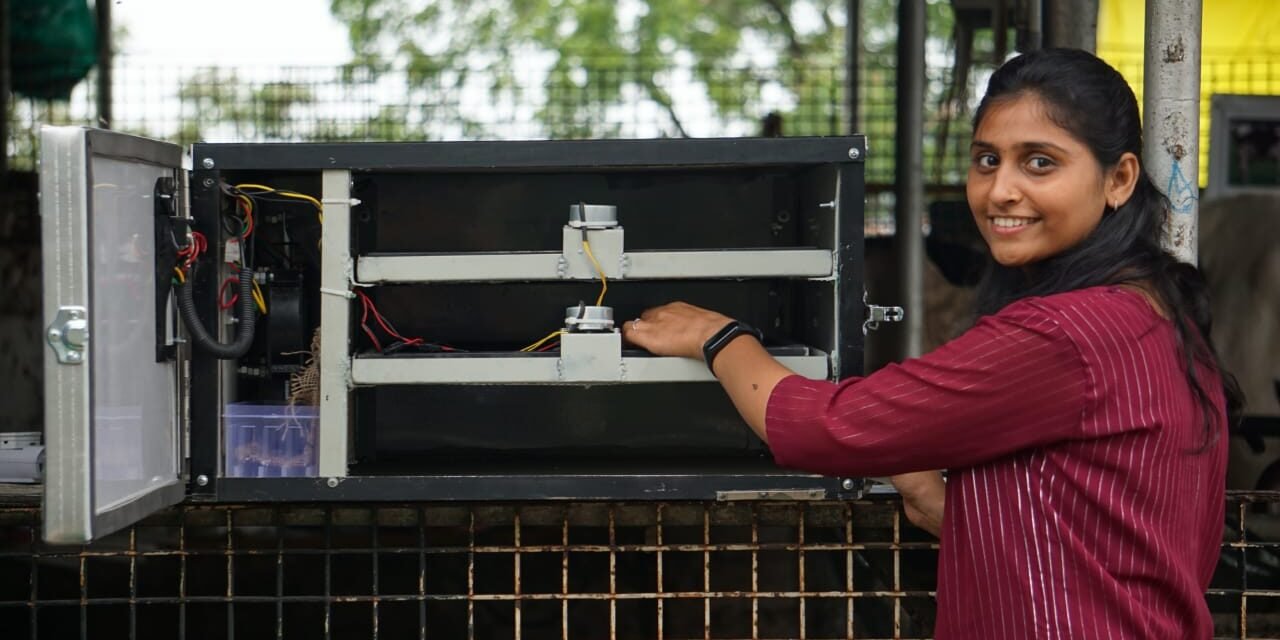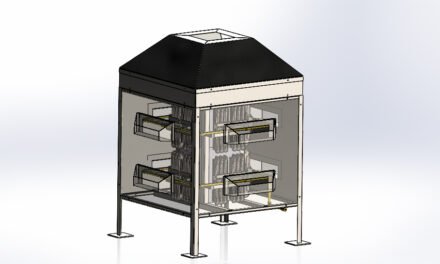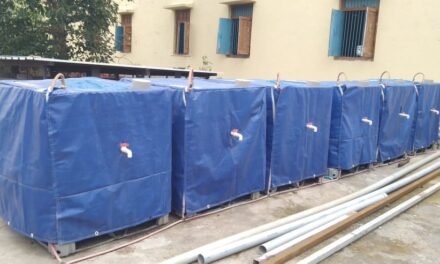EGG INCUBATOR
INTRODUCTION
The egg incubator serves as a warm, insulated container for hatching eggs, simulating the natural function of a broody hen. It comes in a variety of materials, including wood, metal, and plastic, and includes a heating element, thermostat to keep a consistent temperature, egg cradles, water troughs to maintain humidity, and occasionally a fan and automatic egg roller or turner.
It is a mechanical device that regulates humidity and temperature to roughly 98.9F or 37.7C, providing the perfect environment for the chick to develop inside a fertilized egg without the need for a broody hen. It makes it possible to incubate lots of eggs throughout the year.
The incubator is a device used to control environmental factors including temperature, humidity, and rotating to ensure that fertilized eggs placed in an enclosure successfully hatch.
Process Flow Chart
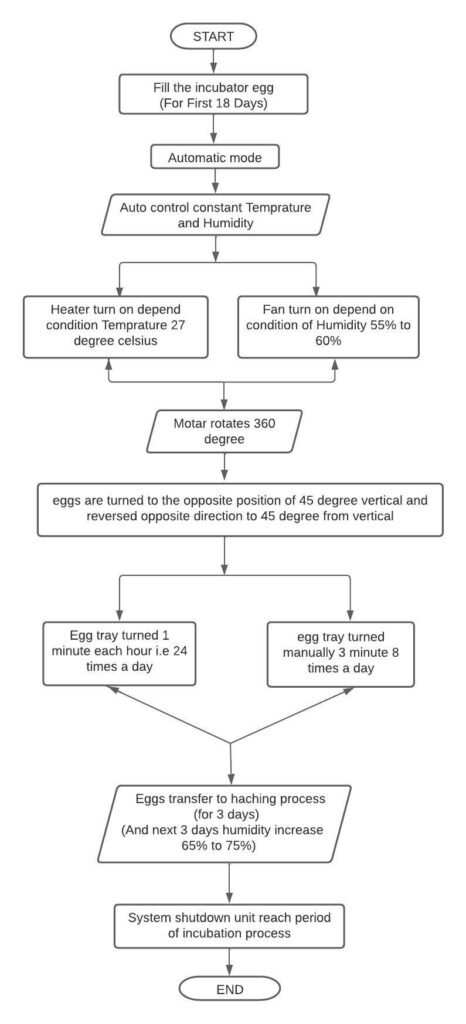
Set UP An Incubator
High-end incubators allow you to place an egg inside, shut the door, and the chick will hatch three weeks later. You can also choose to do it yourself, which is less expensive but almost as labor-intensive as sitting on the eggs by hand. No matter how elaborate or improvised, all incubators must complete a few fundamental tasks
Temperature
The eggs must be kept at 99.5 degrees at all times because an embryo can be killed by one degree higher or lower for a few hours.
Humidity
For the first 18 days, humidity levels must be kept between 40 and 50 percent; in the final days before hatching, humidity levels must range between 65 and 75 percent.
Ventilation
Incubators need to contain openings or vents that allow fresh air to circulate so the fetuses may breathe since egg shells are porous and allow oxygen to enter and carbon dioxide to depart.
Locate A Fertile Eggs
The bulk of the eggs your flock of chickens lay will be fertile if you already have a rooster among them. After laying, gather them as quickly as you can, and transport them to the incubator.
Incubate
Once incubation starts, it usually takes an egg 21 days to hatch. In order to produce the ideal environment, turn on the heat source and monitor the temperature and humidity over the course of a 24-hour period before putting the eggs inside. Adjust the humidity using a sponge with more or less surface area if it is too high or low. Increase and decrease the heat source’s temperature gradually until the thermometer registers 99.5 degrees.
Maintaining the environment until the chicks hatch is all that is required once the incubator is operating properly.
Hatching
a few days prior to hatching As the foetus begins to develop, it is possible to see the eggs moving around on their own. Eventually, the chick will poke a tiny hole in the big end of the egg and draw its first breath. The chick will often rest for six to twelve hours to allow its lungs to acclimatise before continuing to hatch at this stage. It’s easy to hurt animals during the hatching process, so resist the impulse to assist!
After the chick has been extracted from the egg, let it to dry in the incubator’s warmth before transferring it to a brooder, where it will spend the first few days of its existence.
DESIGNS
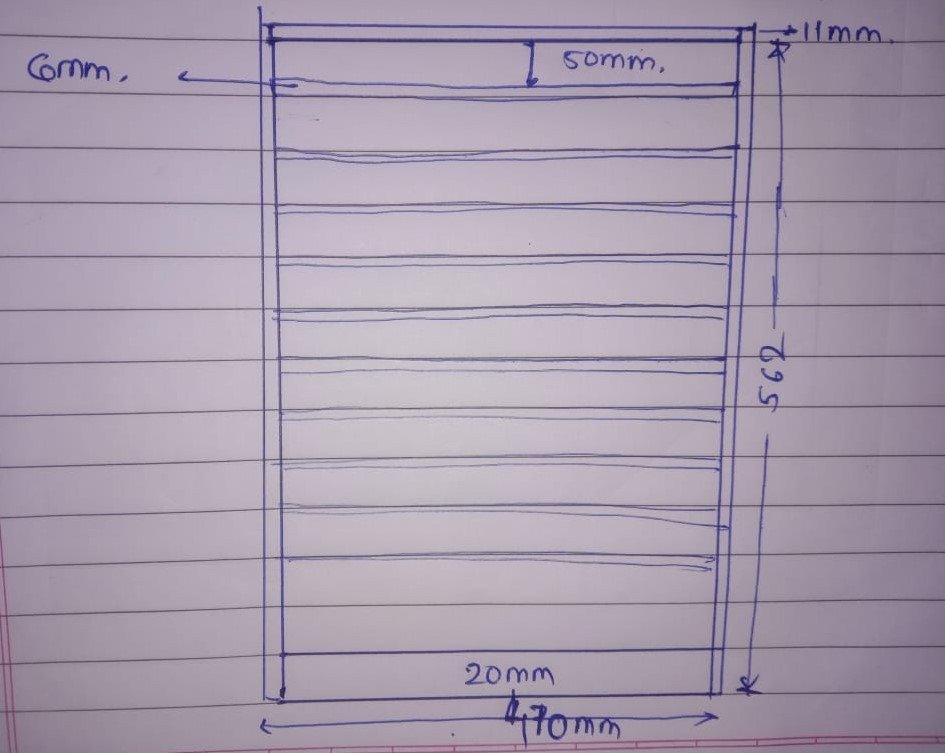
ROLLER TRAY
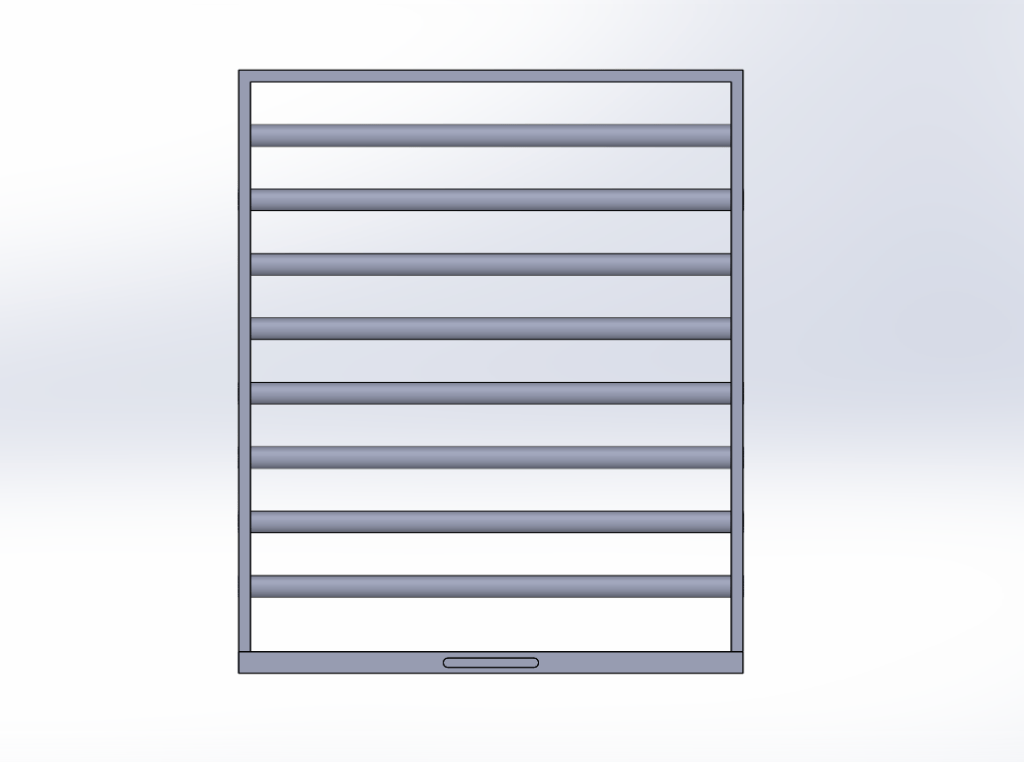
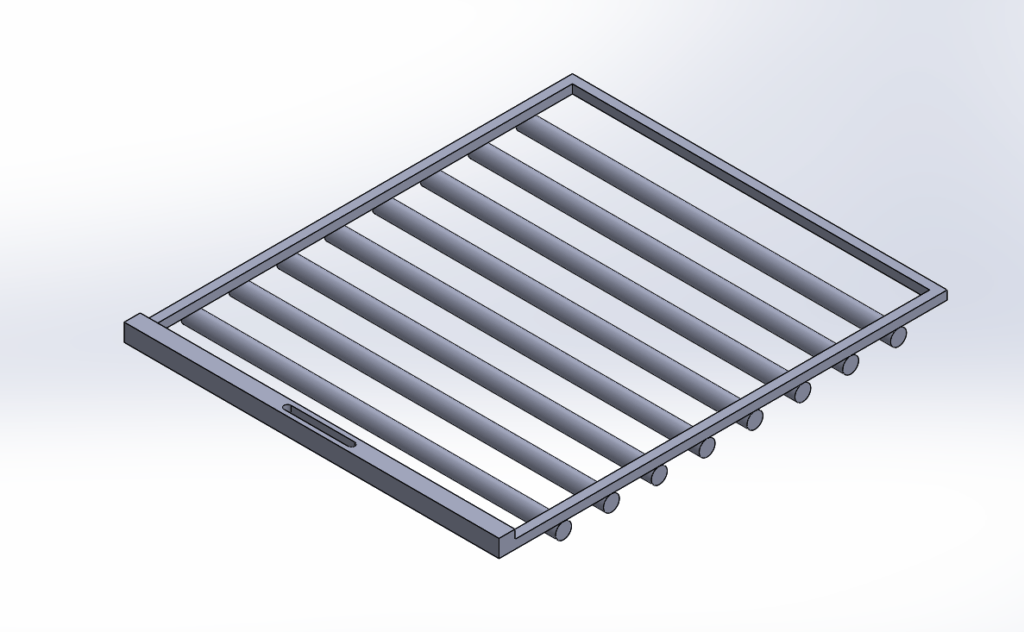
TRAY
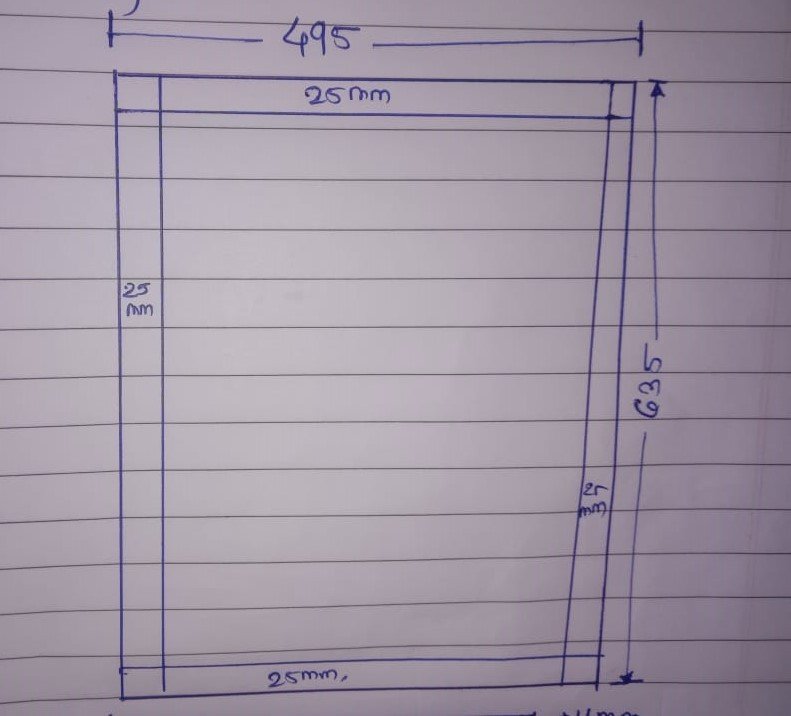
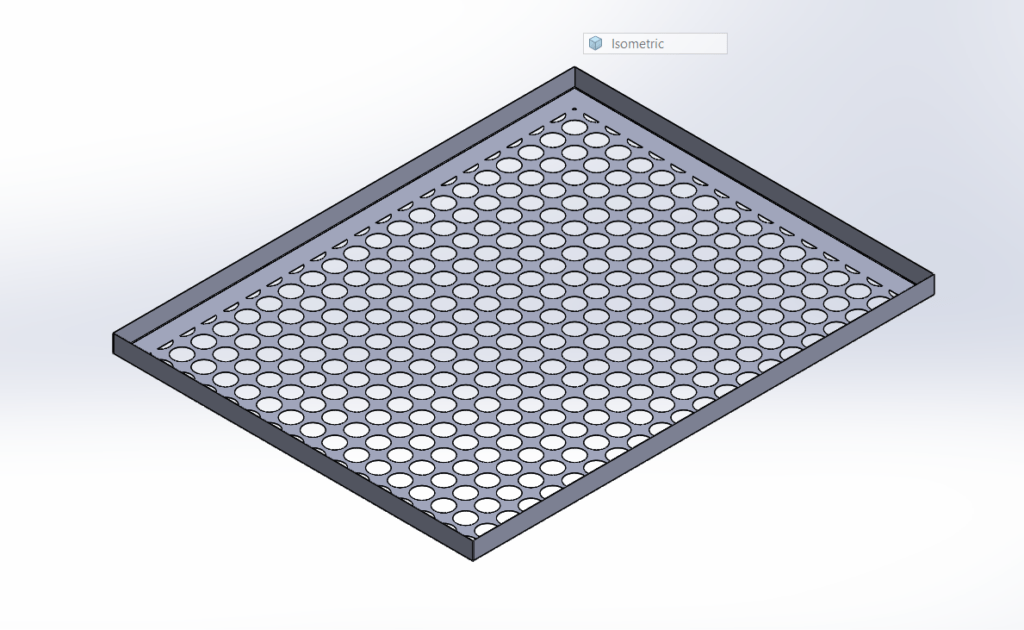
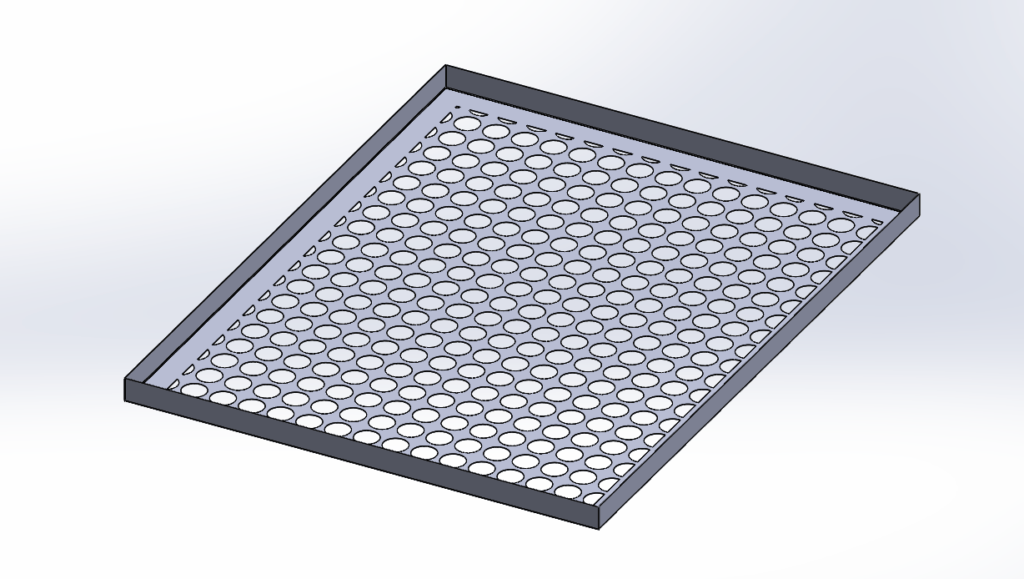
OUTER CASE
